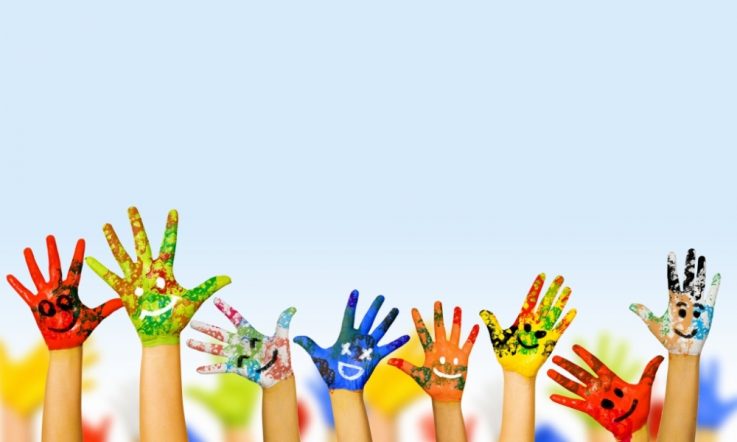An increasingly important issue within the education sphere is the acknowledgement of the role that culture plays in improving educational outcomes for Indigenous students.
A recent research project undertaken by the Indigenous Education Team at the Australian Council for Educational Research (ACER) noted that culturally responsive teaching practices can improve academic outcomes for Indigenous students. However, we found that it can be difficult for teachers to take steps to become culturally responsive because understandings of best practice in culturally responsive teaching are varied.
No doubt, this is because Aboriginal and Torres Strait Islander peoples are a heterogeneous group, with unique histories, languages, cultural practices and ways of operating within the classroom. For example, one approach to culturally responsive teaching that works with one Indigenous student may not necessarily work with another.
So, what can teachers do to ensure cultural responsiveness in the classroom with Indigenous students?
Arguably, the first step is acknowledging that cultural competency is a journey. It begins with cultural unawareness (or even cultural destructiveness) and never really ends. Just when you think that you may know everything there is to know about teaching Indigenous students, your knowledge and beliefs will be challenged.
Urban living Indigenous students have different needs comparative to regional and remote living Indigenous students, and within these different groups you will also find that each student is unique. Therefore, teachers need to understand that each Indigenous student is an individual with specific needs that may differ from that of their Indigenous peers.
In my own experience as an Aboriginal woman, the best teachers were those who treated me as an individual - they were aware of my cultural heritage and my needs, but they didn't make me feel different in front of my peers because of my Aboriginality. In a private setting, they would ask me about my culture, my family and where I came from, but in the classroom, I was just another student wanting to learn like everybody else. They made me feel capable of achieving and pushed me to be the best student I could be.
Similarly, in the cultural competence discourse, the importance of teachers truly knowing their Indigenous students and having high expectations for them are often emphasised.
Our project found that an understanding of Indigenous education history is also paramount. This includes acknowledging that Indigenous students have previously been asked to trade their Aboriginality and cultural beliefs in exchange for a Western education.
Researchers have noted that practitioners must also recognise the existing institutional racism embedded in dominant Western teaching spaces, such as schools, Vocational and Education Training (VET) institutions and universities (Quinn., et al 2011).
The best teachers will be able to reflect on their own cultural position in the classroom, challenge this racism, and identify where 'white privilege' perpetuates inequality for Indigenous students by favouring Western knowledge over other kinds of cultural knowledge.
It is also imperative that all approaches to ensuring cultural responsiveness with Indigenous students incorporate Indigenous perspectives, knowledge and worldviews. A collaborative approach to culturally responsive teaching, undertaken in partnership with the local Aboriginal community and local schools, is the most effective means of ensuring positive outcomes are achieved.
As stated previously, Australian Indigenous peoples are a diverse group - each community will have different values, needs and ways of operating with their local schools. Consequently, teachers need to understand the context within which they are working. They need to know the history of the local Aboriginal community and engage with local Elders and community members to establish collaborative, trusting relationships.
Indeed, the research literature points to a variety of methods that educators can employ in order to become culturally responsive with Indigenous students. In addition to the points already covered, other techniques may include: under talking instead of over talking (that is, explaining concepts in 'bite-sized chunks' using simple language, rather than elaborating on the concept in an attempt to explain it), scaffolding learning content, and building mutually respectful, trusting relationships with Indigenous students and their families.
Ultimately however, teachers need to reflect on their own culture and knowledge of difference, understanding that cultural competency is an ongoing process.
Cultural proficiency is the end goal of cultural responsiveness, but just like learning a foreign language, if teachers truly embed themselves in the process of becoming culturally responsive they will find that, just like their students, they are always learning.
Further information
This article is based on the paper 'Literature review relating to the current context and discourse on Indigenous cultural awareness in the teaching space: Critical pedagogies and improving Indigenous learning outcomes through cultural responsiveness' available to download for free from the ACER research repository.
References
Krakouer, J. (2015). Literature review relating to the current context and discourse on Indigenous cultural awareness in the teaching space: Critical pedagogies and improving Indigenous learning outcomes through cultural responsiveness. http://research.acer.edu.au/indigenous_education/42
Quinn, D., Duff, A., Brodie, T., Darzanos, K., Smith, E., Carmody, M., Dansie, B. (2011 ). Indigenous knowledge, cultural awareness and communication skills for information technology, engineering, mathematics and environmental disciplines. Paper presented at the Proceedings of the Australian Technology Network Assessment Conference 2011: Meeting the challenges: standards, leadership, practical solutions and student engagement. Curtin University, Perth, Western Australia.
What steps are you taking to understand the cultural background and history of your students?



